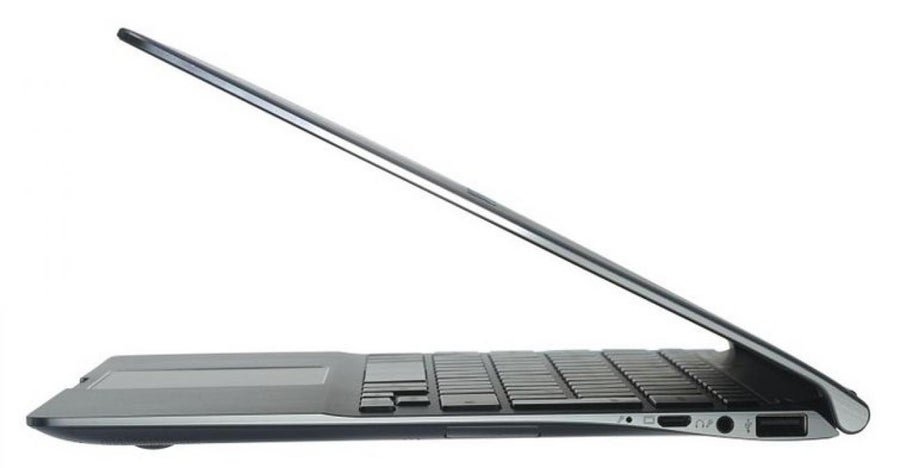Interview: Intel’s Richard Huddy
We find out what Intel has planned for its integrated graphics division and the future of PC gaming
POWER UP
It’s not just about making its processors faster, but Intel’s tight integration also helps with power consumption, which Huddy called the “number one consideration at Intel”. Power consumption has become more and more important, particularly with the uptake of mobile devices, which are battery powered and need to last for a day’s worth of use away from the mains.
“It turns out that when you have two chips communicating across a wire, about 50 per cent of power is just about the physical interface [PHY], so it’s quite inefficient to have lots of different chips,” says Huddy. “More and more integration helps this. Being efficient in the power a CPU uses and being efficient per watt is key to Intel.”
IMPORTANT TODAY
All of this change in the market means that there’s more to choosing a graphics card than pure frame rates, as Huddy explained: “Typically leadership has been about the highest frame rate on the latest API. Now, all manufacturers have the same API and support DirectX 11. Now, it’s about the gaming experience, whether it’s on a gaming console with high quality graphics, or on a phone where you don’t want it to take 10 minutes to load.
“Leadership shifts from the fastest frame rate – the difference from 200fps to 210fps is meaningless, as your monitor will only display 60fps – to robust gaming and an instant-on experience, which we’ve been promoting with Ultrabook.”
[
High performance with low power requirements is something that’s incredibly important to Intel, particularly with Ultrabooks
That’s not to say that frame rates and high quality graphics aren’t an important factor when it comes to PC games. In this regard, Intel’s on-chip graphics can’t compete with the latest hardware from Nvidia or AMD, so we asked Huddy where he thought Intel would be in the future.
“The graphics chips that we’re building are more and more potent year-on-year. There’s a curve that comes out of the fab process on CPUs, with Moore’s law saying that the complexity of a chip doubles every two years, which basically leads to a doubling of performance,” said Huddy. “However, it happens that the GPU side can grow that faster.
“We’ll be able to produce higher resolutions and higher quality graphics. We’ll continue to move up. We can cut into the gaming process and more people will see us and choose us. Intel cares about graphics.”










